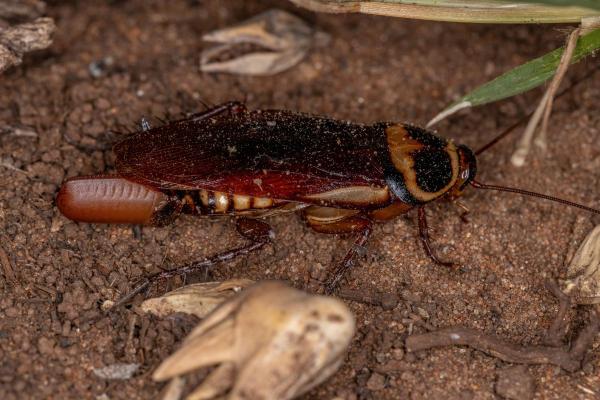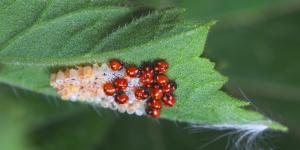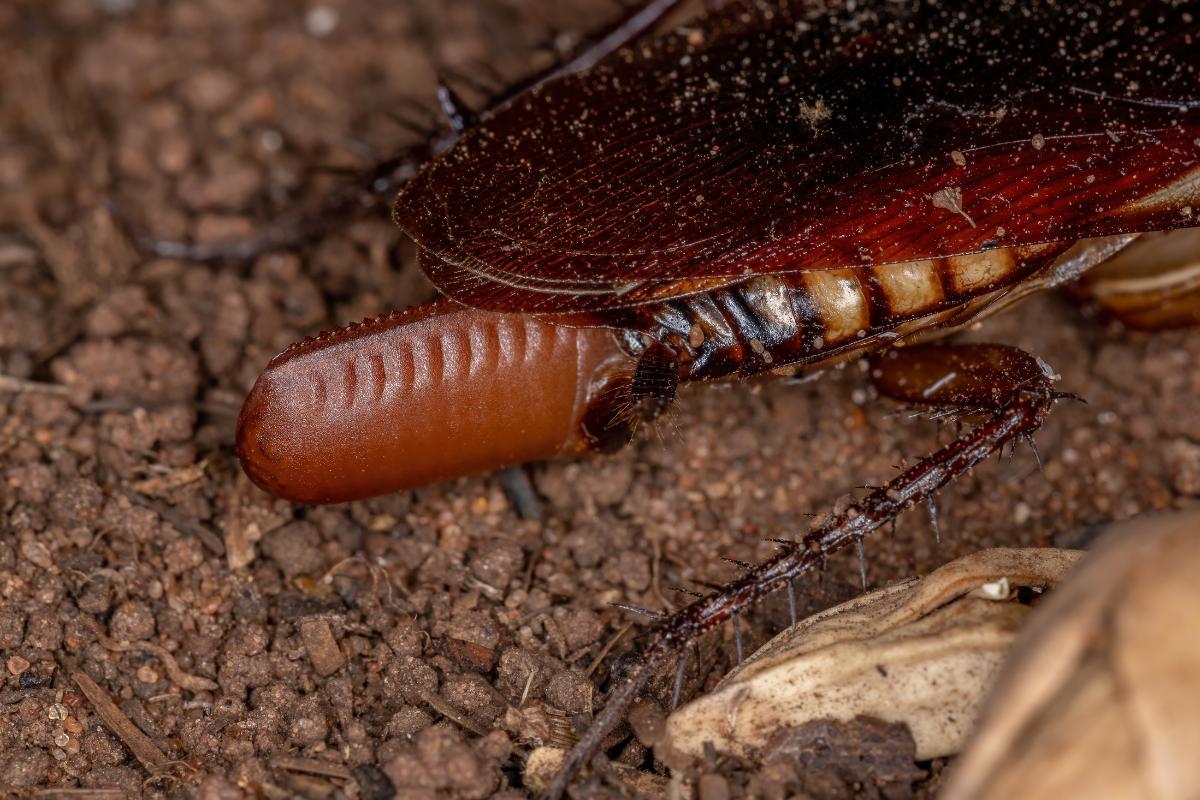How Do Cockroaches Reproduce?


Cockroaches are notorious for their rapid reproduction, making them one of the most resilient and persistent pests worldwide. Their ability to multiply quickly stems from a combination of biological adaptations and survival mechanisms. Female cockroaches can produce large numbers of eggs in short time spans, and some species are capable of reproducing even without male involvement through a process known as parthenogenesis.
In the following AnimalWised article, we will discuss how do cockroaches reproduce so quickly, the different reproductive strategies and more.
Types of reproduction of cockroaches
Cockroaches employ various reproductive strategies to ensure their survival. While the majority of species lay eggs (oviparity), others give birth to live young (viviparity), and a few can even reproduce without mating (parthenogenesis).
Oviparous cockroaches produce egg cases called oothecae, which they may deposit or carry until the eggs hatch. In many cockroach species, the female carries the ootheca at the end of her abdomen for some time before depositing it in a safe location. The ootheca provides protection for the eggs, allowing them to develop until the nymphs are ready to hatch. This strategy allows for a large number of offspring, but it also exposes the eggs to environmental risks
Viviparous cockroaches, like the Madagascar hissing cockroach (Gromphadorhina portentosa), nurture their eggs within their bodies, providing greater protection and development. However, this requires more energy and can limit offspring numbers.
Finally, parthenogenesis is a rare strategy where females produce offspring without mating. While this can be beneficial in isolated environments, it leads to reduced genetic diversity, making populations more vulnerable.
When do cockroaches reproduce?
Cockroaches can reproduce year-round in warm, humid environments. This is why they are particularly problematic in tropical and subtropical regions. However, in colder climates, their reproductive activity is often limited to warmer months or when they find sheltered, heated areas.
Temperature greatly affects how cockroaches behave. They are most active when it's around 68°F (20°C). In extreme heat or cold, they become slower and less coordinated. This is why you often see them at night, when temperatures are more comfortable for them.
Did you know that many cockroaches are nocturnal? Dive into the intriguing world of their night-time habits.
How do cockroaches mate?
Cockroach mating begins with a courtship ritual that can be quite extended. In many species, the male is attracted to the female by the scent of specific chemicals, or pheromones, she produces. The courtship process typically follows these steps:
- The male and female approach each other and begin touching each other’s antennas as a form of communication.
- The male then positions himself in front of the female, steps back, and raises his wings, revealing special glands on his abdomen. These glands secrete a substance meant to attract the female.
- The female responds by licking the secretions from the male’s glands. At this point, the male moves beneath the female, and their genitals connect to complete mating. Depending on the species, this process can last from a few minutes to nearly an hour.
However, it is important to note that the mating process described is specific to sexual reproduction in cockroaches. This is because it involves the interaction of a male and female, courtship rituals, and the exchange of genetic material.
Asexual reproduction in cockroaches, such as parthenogenesis, does not involve mating. Females can produce offspring without the need for a male.

How many eggs does a cockroach lay?
The number of eggs laid by cockroaches varies significantly by species, typically ranging from 6 to 50 eggs per ootheca. These eggs are contained in oothecae, which are protective capsules known for their durability and resistance to environmental threats.
Here are some examples of the number of eggs laid by specific cockroach species:
- American Cockroach (Periplaneta americana): this species produces around 10 oothecae in its lifetime, with each ootheca containing 14 to 16 eggs. In total, an American cockroach can lay between 140 and 160 eggs.
- German Cockroach (Blattella germanica): known for their rapid reproduction, German cockroaches produce 4 to 6 oothecae, each containing 30 to 40 eggs. This results in a total of 180 to 240 eggs over the female’s reproductive period.
- Oriental Cockroach (Blatta orientalis): oriental cockroaches produce 1 to 18 oothecae, with each capsule containing an average of 14 eggs. This means that an Oriental cockroach can lay up to 252 eggs in optimal conditions.
- Madagascar Hissing Cockroach (Gromphadorhina portentosa): this species produces between 15 and 40 eggs, but unlike most other species, the females of this species retain the ootheca inside their bodies until the eggs are ready to hatch, a form of ovoviviparity.
If you're intrigued by these resilient insects, you won’t want to miss our insights on the different types of cockroaches.

Cockroaches are known for being prolific breeders, capable of reproducing rapidly under favorable conditions. Several factors contribute to their rapid reproduction:
- Cockroaches have a relatively short lifespan, often less than a year. This allows them to reach reproductive maturity and start producing offspring quickly.
- Female cockroaches can produce multiple oothecae (egg cases) throughout their lifetime, each containing numerous eggs. This means they can produce a large number of offspring in a short period.
- Cockroach nymphs develop quickly, undergoing several molts to reach adulthood. This shortens the time between generations, allowing for continuous reproduction.
- Cockroaches are highly adaptable and can thrive in various environments. This enables them to exploit different food sources and breeding opportunities, contributing to their rapid population growth.
- Cockroaches are resistant to many pesticides and environmental challenges, which allows them to survive and reproduce even in harsh conditions.
If you're fascinated by their reproduction, you’ll be intrigued by how long these creatures can thrive in various environments.
If you want to read similar articles to How Do Cockroaches Reproduce?, we recommend you visit our Facts about the animal kingdom category.
- Animal Diversity Web. (2020). Available at: https://animaldiversity.org/
- Torres, F. (2015). Order Blattodea . Available at: http://sea-entomologia.org/IDE@/revista_48.pdf







